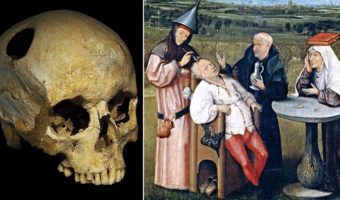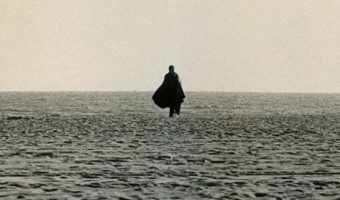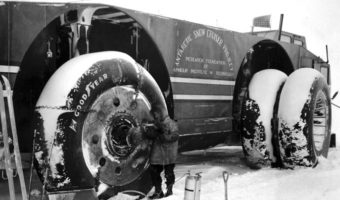A Tale of Unbound Loyalty: Hachikō, the Dog Who Waited for 9 Years for His Master’s Return
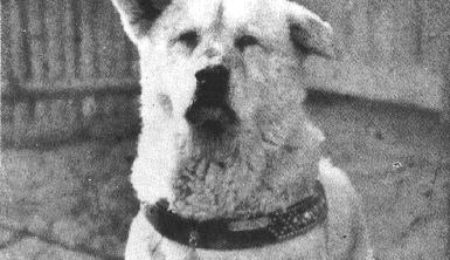
Almost every dog-lover in the world is familiar with the story of HachikÅ, a Japanese Akita dog well-known for his unbound loyalty and love for his master who passed away. He was not even two years old when tragedy struck and he was left without the one man who meant the world to him. So, he waited for more than nine years for his master until he too breathed his last. Here is the story of HachikÅ, the dog that epitomized the special bond between humans and dogs.
Born on November 10, 1923, HachikÅ was taken in as a pet by HidesaburÅ Ueno, an agricultural scientist and professor at Tokyo Imperial University. Every evening, HachikÅ would run to the Shibuya Station to greet Ueno when he gets back from work.
HachikÅ was born in Odate, Akita Prefecture, famous for producing Akita dogs and was sent to Professor Ueno who lived in Shibuya west-central Tokyo on January 10 the following year. His name was given to him by Ueno, and he grew up to be a fine, golden-brown Akita with a sickle tail that curved to his left. Every day at around nine in the morning, HachikÅ would follow Ueno who set off to Shibuya Station to go to either the Department of Agriculture at the Imperial University or the laboratory at the Ministry of Agriculture and Forestry in Nishigahara.
After seeing his master off to work, HachikÅ would come back home. Again, at around six in the evening, he would go back to the station and wait at the ticket gate to greet Ueno. This was their daily routine for months which the other commuters and passersby didn't fail to notice.
On May 21, 1925, Ueno died of a cerebral hemorrhage during a lecture and so never returned on the train for which HachikÅ waited. Since then, HachikÅ pined away for his master, running away from Uneo's relatives and visiting the station every day for nine years, nine months, and fifteen days.
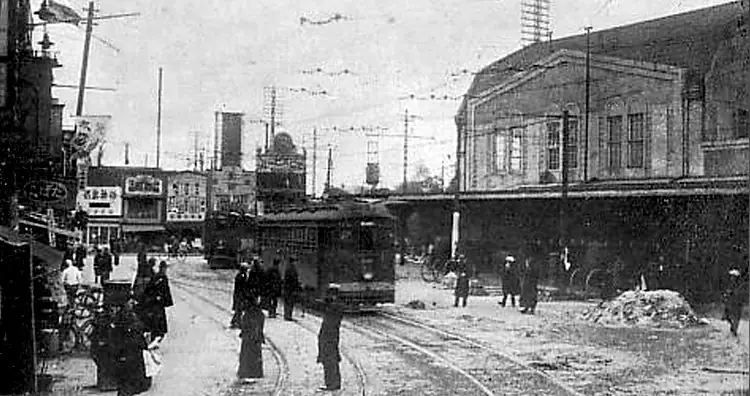
Their joyous, everyday reunions were cut short after only a year and four months. Some say that on the night of Ueno's wake, HachikÅ broke into the house from the garden, lay down beside the body, and refused to leave. Another story is that he jumped into Ueno's coffin when it was time to lay the objects most loved by the dead and didn't let anyone remove him from there.
HachikÅ was soon sent to Ueno's relatives in Asakusa, Tokyo. But, he ran away from there again and again for a year and would return to Ueno's home in Shibuya. So, he was given to Ueno's former gardener, Kuzaboro Kobayashi, who had known HachikÅ since his puppyhood. When he realized Ueno didn't live at this home either, he would run away from there and go to the station to wait.
During the next nine years, nine months, and fifteen days, HachikÅ would go to the station to wait for Ueno to get off the train and greet him. Though initially, people around were not that friendly, they warmed up to him after finding out his story in the papers and soon began to give him treats and food.
Uneo's student, Hirokichi Saito, noticed HachikÅ and found out about his story. Saito published several articles over the years on HachikÅ, one of which was published in the Japanese newspaper, Asahi Shimbun, in 1932 that made him a national sensation and a symbol of loyalty.
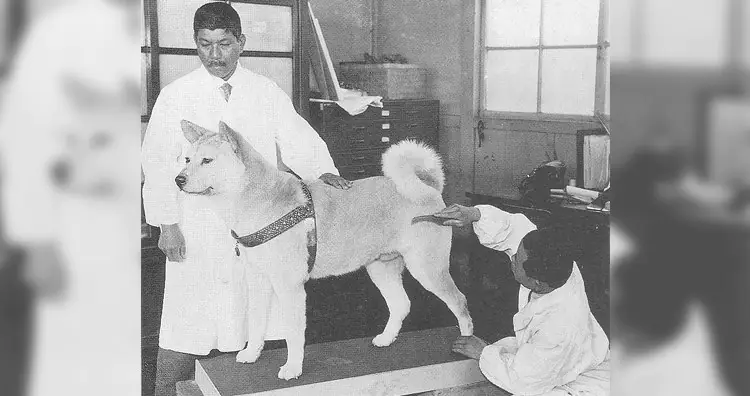
Saito was researching the Akita breed at the time and when he spotted HachikÅ, he followed him to the home of gardener Kobayashi. He found out about the dog's story and frequently visited him as well as published about him over the years. Following the article in the Asahi Shimbun, the Japanese began to view his loyalty as the standard they must strive to reach.
Owing to being on the streets for years, HachikÅ contracted severe mange in 1929. Though he recovered from that, he passed away six years later on March 8 due to heartworms and terminal cancer.
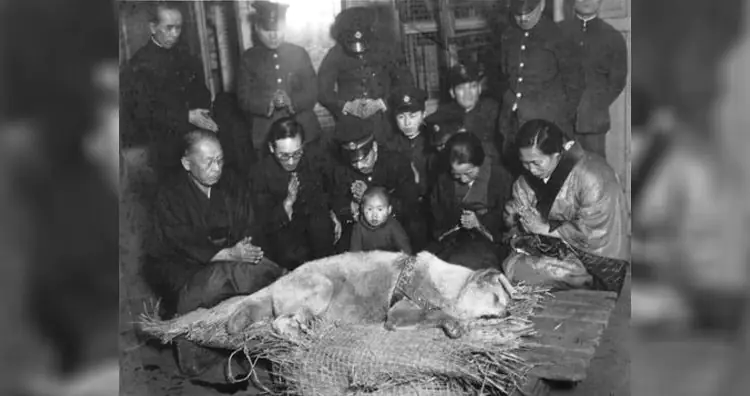
HachikÅ's health declined over the years and as he grew old he became very weak. One of his ears was damaged and wouldn't stand up straight. He was infected with heartworms, a type of filarial worm, perhaps given to him by mosquitoes. In 2011, scientists declared the cause of his death as cancer and filarial infection. They even found four yakitori skewers in his stomach, though they did him no harm. HachikÅ's skin was stuffed and is now on permanent display at the National Science Museum in Ueno. The ashes of his remains were buried in Aoyama Cemetery, Tokyo, beside Ueno's.
HachikÅ's other favorite human was Yaeko Sakano, Uneo's partner for 10 years, and every time she visited, he was said to have been delighted. Some of her ashes were buried along with Uneo and HachikÅ in 2016 finally reuniting the family of three.
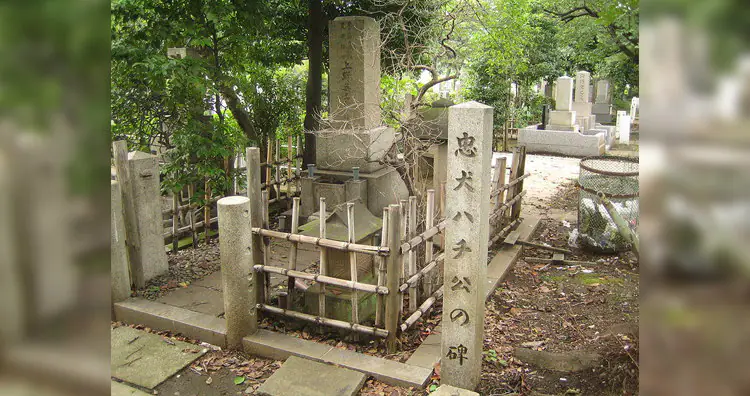
Sakano was Ueno's unmarried partner until his death, and she died in April 1961. Every time she visited him, HachikÅ showed “great happiness and affection” towards her. In 2013, Sho Shiozawa, a professor at the University of Tokyo and the president of the Japanese Society of Irrigation, Drainage and Rural Engineering which also manages Ueno's grave, found out that her wish to be buried with Ueno was not fulfilled.
After finally obtaining required permissions, some of her ashes were buried along with Ueno and HachikÅ on May 19, 2016. According to Keita Matsui, a curator of the Shibuya Folk and Literary Shirane Memorial Museum, “To HachikÅ, the professor was his father and Yaeko was his mother.”
HachikÅ was invited to many dog shows as a special guest and even to an inauguration of his own bronze statue. After his death, he was honored and remembered by the Japanese with at least six statues erected depicting him, and several movies and books based on him.
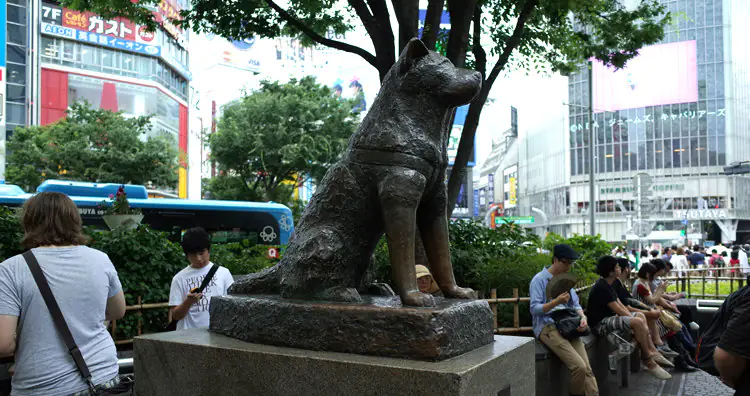
Towards the end of his days, HachikÅ was as good as a celebrity in Japan. He was often invited to dog shows as a guest and his pictures appeared on postcards. In April 1934, a year before his death, he was invited to the unveiling of his own statue sculpted by Teru Ando at Shibuya Station. Though it was recycled during WWII, a new statue was commissioned and erected in August 1948. The station entrance with the statue is now called “HachikÅ-guchi” or “The HachikÅ Entrance/Exit.”
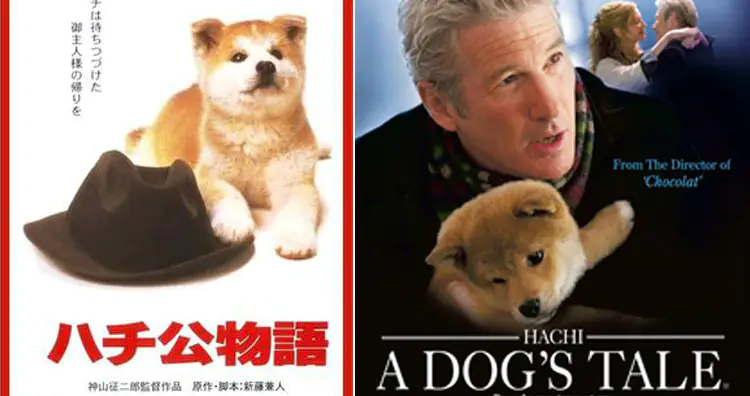
Movies were made based on HachikÅ's life including Hachi-kÅ (HachikÅ Monogatari) (1987) by SeijirÅ KÅyama and Hachi: A Dog’s Tale (2009) starring Richard Gere, and several books were also written. On May 28, 1994, following a huge advertising campaign, millions turned on their radio to listen to HachikÅ's bark that Nippon Cultural Broadcasting was able to salvage from an old record.


















